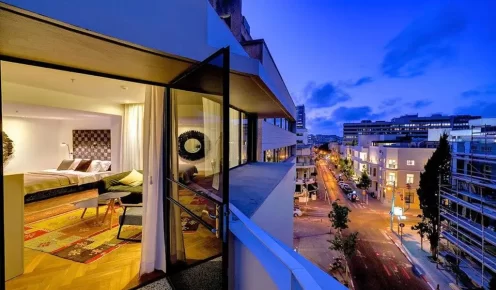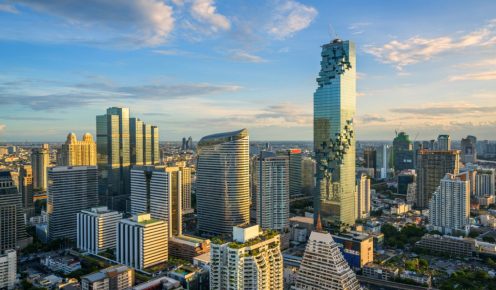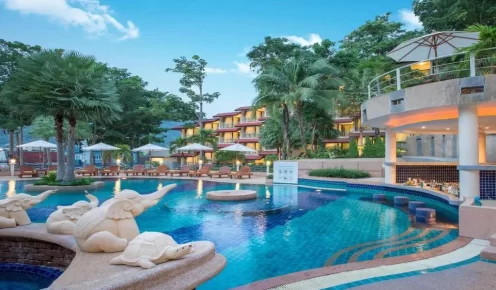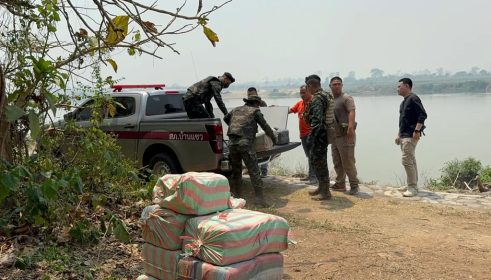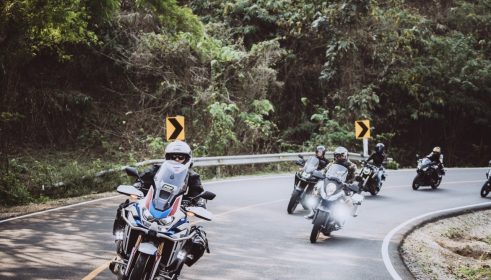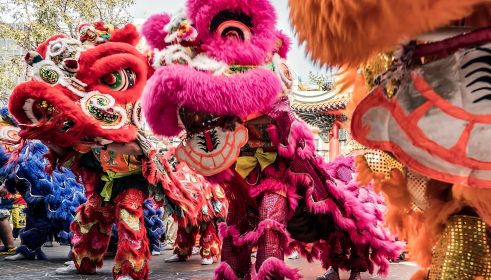Chiang Rai has been inhabited since the seventh century, but it was not until 1262 that the King Meng Rai was established as the first capital of Lanna Kingdom. The capital was later moved to Chiang Mai, and from that moment, Chiang Rai has lived in the shadow of its neighboring province, but for tourists it is a good thing.
Today, Chiang Rai is a traveler’s paradise, with abundant natural attractions and antiquities. Attractions range from the ruins of ancient settlements and Buddhist shrines magnificent mountain scenery and hill tribe villages. For those interested in the natural side of Chiang Rai, jungle trekking is a magical experience, explore the northern mountains along the various hiking trails, many of which the access of people from different tribal groups the mountains, many of which maintain their traditional lifestyles.
Chiang Rai which tends to be a bit quieter than its more popular neighbor, now competes with Chiang Mai as a tourist attraction and is becoming a popular escape for tourists who want a different Thai experience.
Crawling out of the environment pampered and luxurious St. Regis Hotel in Bangkok and the urban jungle that surrounds the hotel, I headed north to the area known as the Golden Triangle. This is where Thailand, Burma and Laos was known as a center of opium production
Chiang Rai had fallen off the radar of tourism for many years, its people enjoying a very slow development and most traditional rural lifestyles. Until today, the whole clan to live in bamboo houses, each village has its own individual character.
Recently, tourism has grown in Chiang Rai, where visitors have come to explore the natural beauty of the countryside and immersed in Indian culture, including a variety of different tribal communities in the mountains, which have been persuaded of the opium production through public and private sector initiatives and the people develop their leisure without affecting natural and cultural heritage.
One of the most exciting and “evolution” works of art, for lack of a better description, is Wat Rong Khun, known as the White Temple. This is where the styles of Gaudi and Dali merge into something Thai.
This magnificent temple, about half an hour from Chiang Rai, is a living work of art and construction began in 1997 and is ongoing. It is the culmination of the dream of renowned Thai artist, Chalermchai Kositpipat, who wants to wear the traditional Buddhist art in the contemporary world. The visit is a must for all time, spending on Chiang Rai.
Finding accommodation in Chiang Rai is not a problem. Starwood currently operates 16 hotels in Thailand, including 4 hotels Sheraton, Westin hotels 2, 6 hotels Le Meridien, a hotel Four Points by Sheraton, W hotel, and two hotels of The Luxury Collection. In the coming years, eight new hotels will be online in Thailand and at the end of 2011, Thailand is the second largest market in Asia Pacific is representing 8 9 brands of Starwood Hotels.
Starwood runs one of the most luxurious riverside stations in the area, Le Meridien Chiang Rai Resort. The hotel fronts on the Kok River, which, together with 2 Raintrees 100 years old and is the perfect antidote to the stress of any major city. With its 159 rooms spread over a large area and different buildings, the general feeling of tranquility. The hotel offers a variety of meeting rooms and excellent cuisine, 2 restaurants – Latest recipes (International) and Favola (Italian) run under its French food and beverage manager, Renaud Mahe, are as good as any other found in Bangkok, if not in France, much better than the average rate station. The young and dynamic CEO, Justin Malcolm, is exploring ways for the hotel to integrate into the community. A new road linking Chiang Rai with China soon, according to Malcolm, this link will bring in many new travelers to the region.

